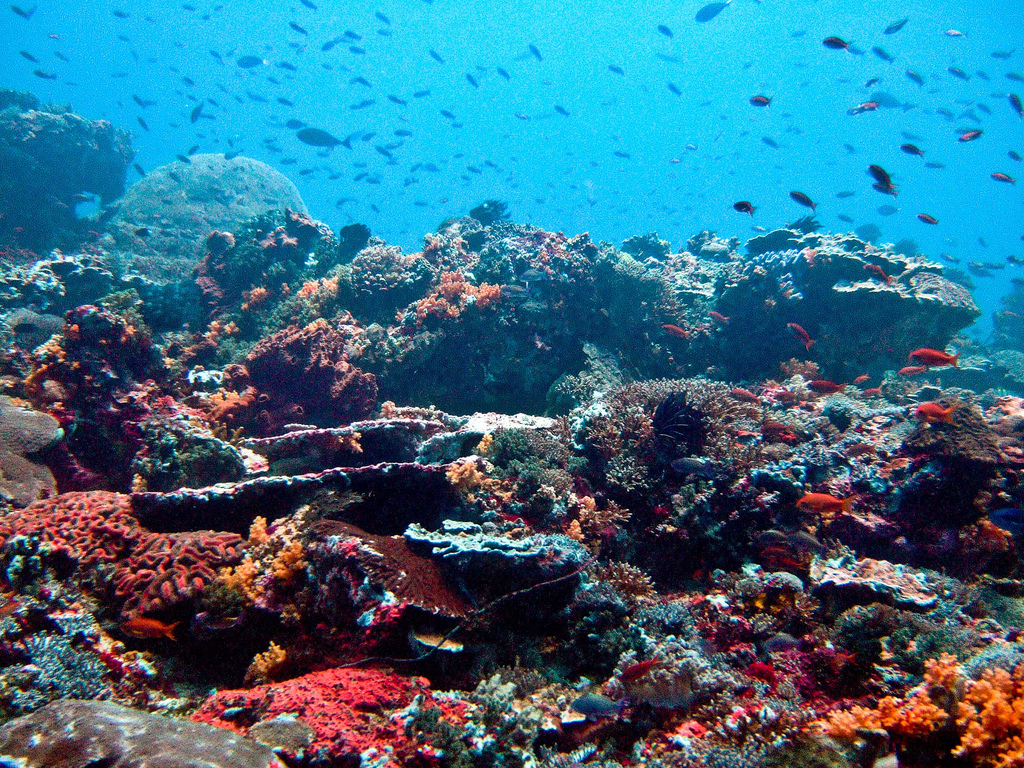1. Raja Ampat, Alor, Komodo – Indonesia
The Indonesian Republic is regularly voted as the best place in the world to scuba dive. The country consists of more than 13,000 islands, each having its own distinct identity both above and below the water. As part of the Coral Triangle – regarded by marine experts as the most biodiverse habitat in the world’s oceans – Indonesia could easily lay claim to the top-ten dive spots all by itself, with Raja Ampat, Alor and Komodo National Park ranking among the best.
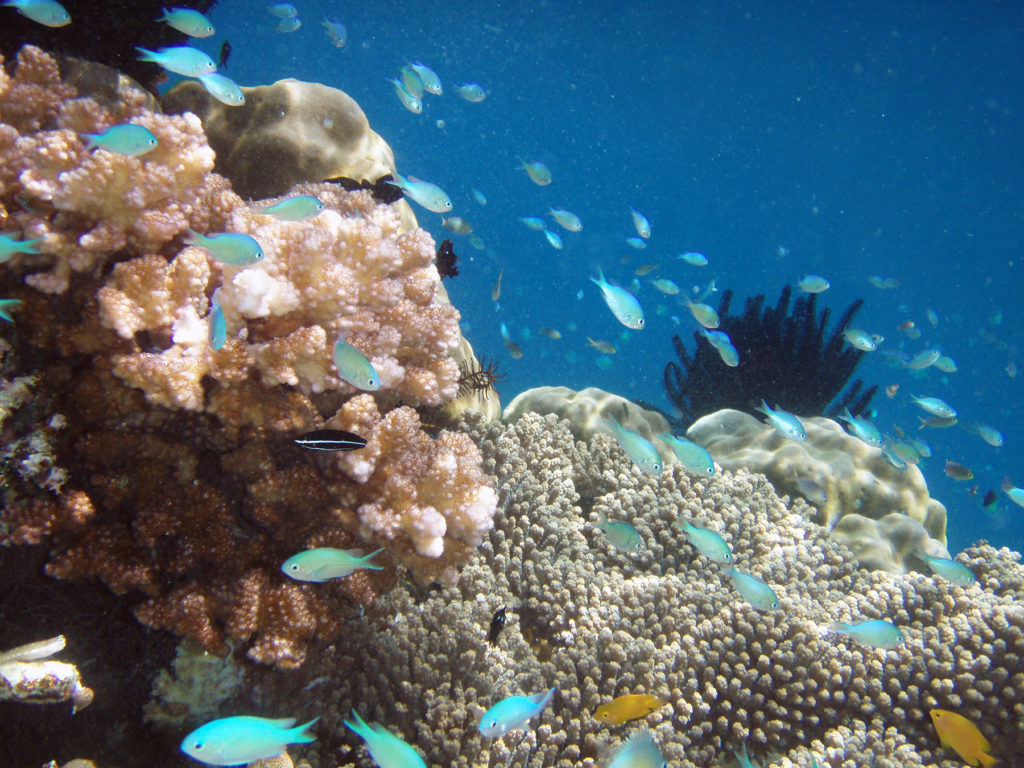
Raja Ampat, located off the coast of New Guinea, is home to more than 75 per cent of all known coral species and more than 1,500 species of fish, often congregating in massive numbers with sharks and other pelagics regularly sighted among them. The island of Alor is famous for schools of hammerheads, along with a plethora of critters from the monstrous to the minute, a place for both wide-angle lenses and macro in the muck.
Komodo National Park, which one respondent described as making ‘Malaysia, Hawaii, Egypt [and] Thailand look dead’, also provides an excellent opportunity to discover the best of both worlds. Although there are sheltered spots for novices, the islands are all prone to very strong currents, so a little bit of experience under the weight belt is essential for enjoying everything these three particular locations have to offer.
2. Malapascua – Philippines
Palawan, Cebu, Boracay, Puerta Galera and more, all part of the Philippines which, like Indonesia, lies in the Coral Triangle. Malapascua, a tiny little island just off the shores of Cebu, is world-famous for regular sightings of thresher sharks, but even if these magnificent fish don’t make an appearance, the Philippines as a whole has plenty to offer.
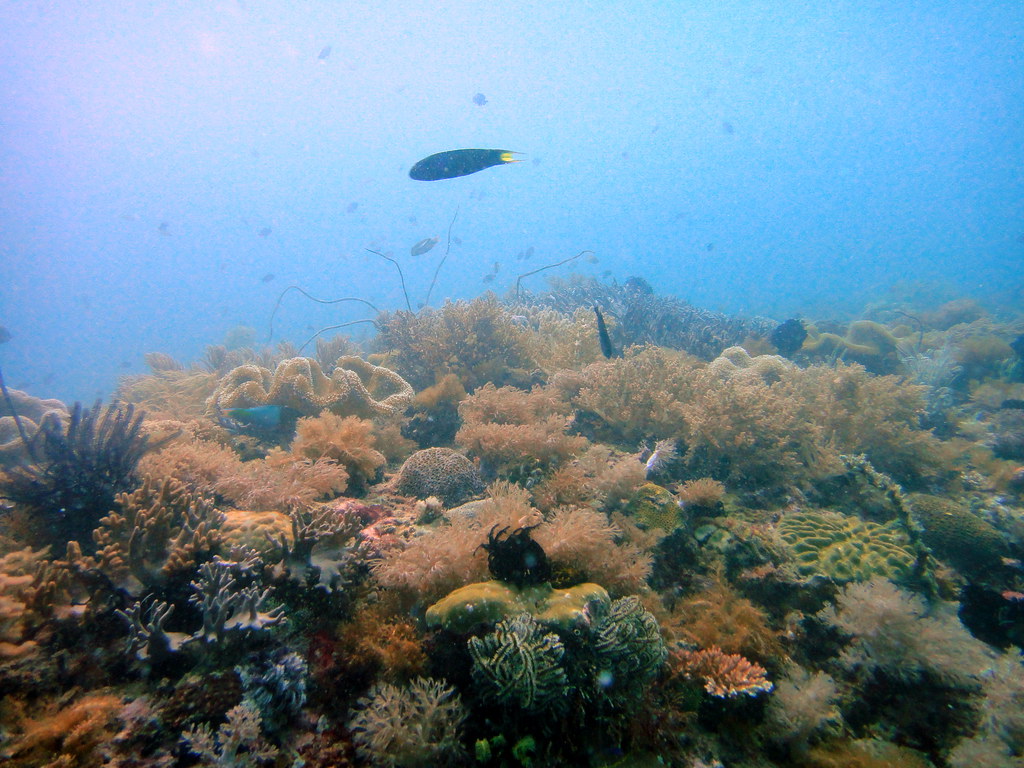 More than 500 different species of hard and soft coral are found in the region and other large creatures such as manta and hammerheads are often spotted, along with jackfish and barracuda schooling by the thousand. Dugong are resident in the area and there’s plenty of wrecks to explore, as much for the prolific fish life as for the wrecks themselves. Diving is year-round, in water that rarely requires anything more than a 3mm shorty.
More than 500 different species of hard and soft coral are found in the region and other large creatures such as manta and hammerheads are often spotted, along with jackfish and barracuda schooling by the thousand. Dugong are resident in the area and there’s plenty of wrecks to explore, as much for the prolific fish life as for the wrecks themselves. Diving is year-round, in water that rarely requires anything more than a 3mm shorty.





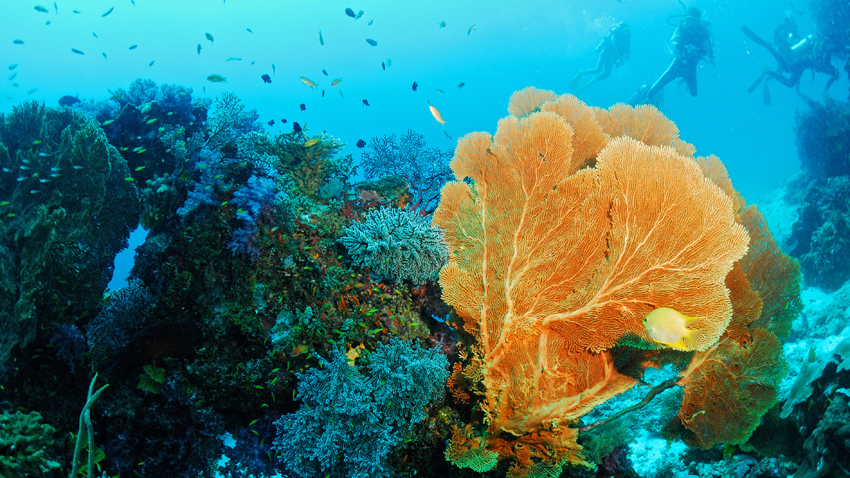 4. Sipadan/Mabul – Malaysia
4. Sipadan/Mabul – Malaysia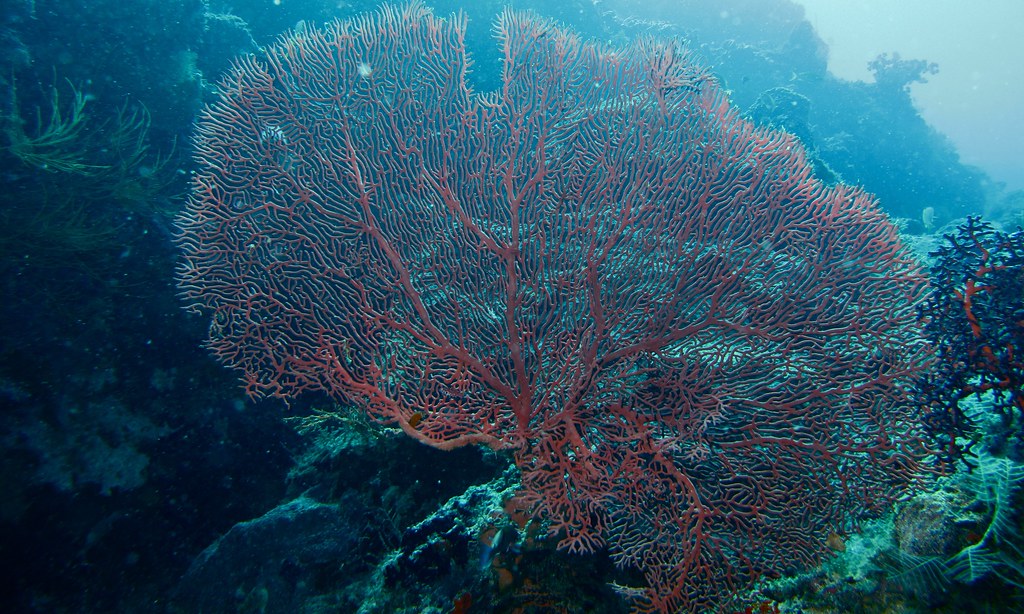 5.
5. 